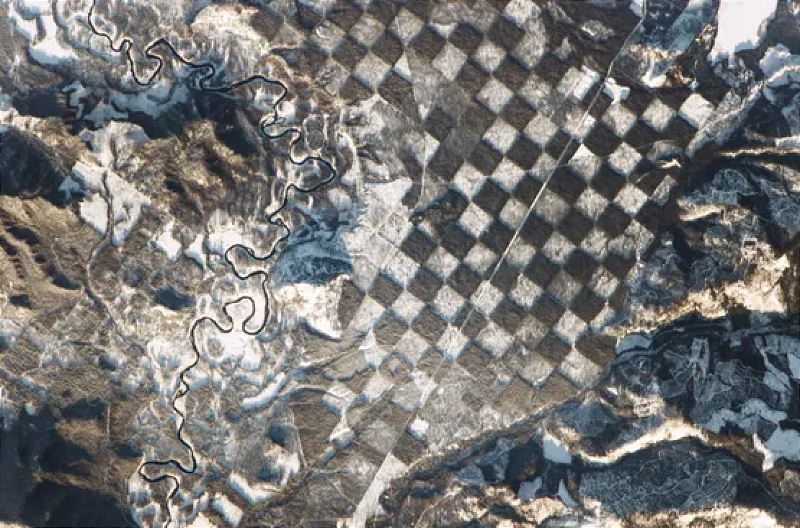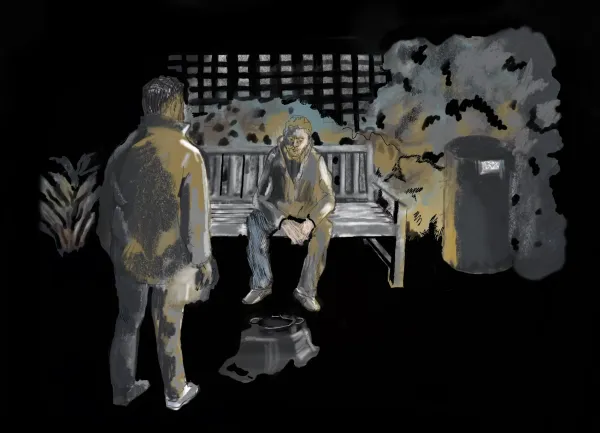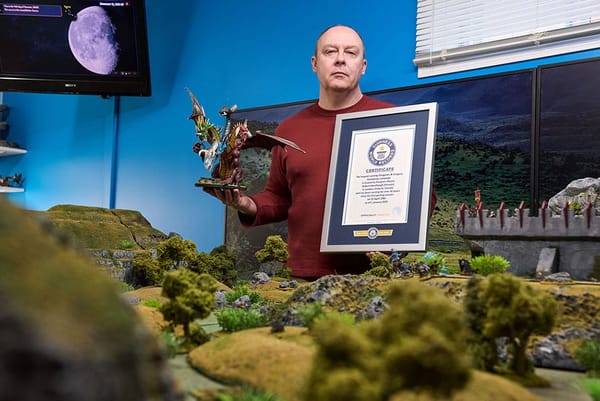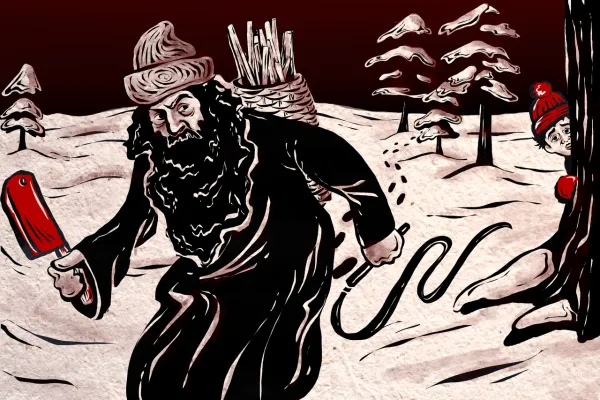He had part of his brain removed but his musical ability remained

From Nautilus: "Five years ago, when neurosurgeon Marcelo Galarza saw images from jazz guitarist Pat Martino’s cerebral MRI, he was astonished. “I couldn’t believe how much of his left temporal lobe had been removed,” he said. Martino had brain surgery in 1980 to remove a tangle of malformed veins and arteries. At the time he was one of the most celebrated guitarists in jazz. Yet few people knew that Martino suffered epileptic seizures, crushing headaches, and depression. Locked in psychiatric wards, he withstood debilitating electroshock therapy. It wasn’t until 2007 that Martino had an MRI and not until recently that neuroscientists published their analyses of the images. Galarza’s astonishment, like that of medical scientists and music fans, arises from the fact that Martino recovered from surgery with a significant portion of his brain and his memory and other skills gone, but his guitar skills intact."
If you buy shark meat in the US there's a good chance it comes from an endangered species

From Phys.org: "A new study from the University of North Carolina at Chapel Hill has uncovered that shark meat sold in U.S. grocery stores, seafood markets, and online vendors often comes from endangered species and is frequently mislabeled. Researchers purchased and DNA barcoded 29 shark meat products to determine their species identity, finding that 93% of samples were ambiguously labeled and included meat from 11 different shark species. Among the species identified were the great hammerhead and scalloped hammerhead, both listed as Critically Endangered by the International Union for Conservation of Nature. Despite global declines in shark populations, their meat was being sold to American consumers, sometimes for as little as $2.99 per pound. In their study published in Frontiers in Marine Science, the researchers found that of the 29 products tested, 27 were labeled simply as "shark" or "mako shark."
What looks from space like a giant chessboard in Idaho is something very different

From Live Science: "This intriguing astronaut photo shows a patch of land in Idaho that looks strikingly like a giant chessboard when viewed from space. The strange pattern comes from an environmental initiative dating back roughly 200 years. The aerial shot shows a tract of land alongside the Priest River in the mountains of northern Idaho, around 40 miles (65 kilometers) south of the Canadian border. The closest point of interest is Whitetail Butte, a lookout point for forest fires, which is positioned on a large bend in the river (roughly halfway along the waterway in the photo). The "chessboard" is around 5 miles (8 km) across at its widest point and contains approximately 185 squares, although not all of them are visible in this photo. Each square covers around 1.4 million square feet (130,000 square meters) — about the same size as 24 football fields. This pattern results from a grid-based forest management initiative set up in the 1800s. Alternating squares have been cleared for their timber, leaving enough trees to sustain the forest ecosystem while new trees grow."
Hi everyone! Mathew Ingram here. I am able to continue writing this newsletter in part because of your financial help and support, which you can do either through my Patreon or by upgrading your subscription to a monthly contribution. I enjoy gathering all of these links and sharing them with you, but it does take time, and your support makes it possible for me to do that. I also write a weekly newsletter of technology analysis called The Torment Nexus.
This unique-looking stone is actually made from decades of paint from a Ford truck plant

From Why Is This Interesting: "In the 1940s and 50s, Detroit’s automotive factories had a beautifully messy problem: paint. Workers hand-sprayed enamel paint onto cars on assembly lines, with excess overspray gradually building up on the tracks, skids, and walls of painting bays. This oversprayed paint accumulated over years, layer by layer—creating thick, multicolored deposits that factory workers would periodically chip away and discard. What they were throwing out, however, would eventually become one of the most sought-after materials in contemporary jewelry making: Fordite, also known as Detroit agate. As cars were spray painted by hand, the hardened enamel paint built up and baked, creating sedimentary-like layers that mirror how natural agates form over millennia. When cut and polished, the visual result is striking—especially in the most valuable samples from the late 1960s and early 1970s, the period of bright high impact colors like Ford’s Grabber Blue or Mopar’s Plum Crazy purple."
Archaeologists are building a 13th-century castle using 13th-century building methods

From Archaeology.org: "Between 2015 and 2017, skilled masons meticulously carved and beveled arches and four-lobed flourishes for a Gothic-style stone window frame in Guédelon Castle’s ornate Chapel Tower. All that remained was to install some glass. But there was a problem, and the carpenters, painters, blacksmiths, basket weavers, historians, and archaeologists who work on-site were all enlisted to figure it out. Luckily, the team of 40 professional builders at Guédelon Castle love a conundrum. The castle, located in an abandoned quarry southeast of Paris, is the site of one of the world’s most comprehensive and longest-running experimental archaeology projects. Archaeologists partner with skilled laborers to test hypotheses about how people worked, lived, and built in the past, filling gaps in academic knowledge through real-world trials. The project launched with a straightforward mandate: Build a thirteenth-century castle using only thirteenth-century tools, techniques, and materials."
When a camera's frame rate is synchronized with the blades of a cutting machine

Acknowledgements: I find a lot of these links myself, but I also get some from other newsletters that I rely on as "serendipity engines," such as The Morning News from Rosecrans Baldwin and Andrew Womack, Jodi Ettenberg's Curious About Everything, Dan Lewis's Now I Know, Robert Cottrell and Caroline Crampton's The Browser, Clive Thompson's Linkfest, Noah Brier and Colin Nagy's Why Is This Interesting, Maria Popova's The Marginalian, Sheehan Quirke AKA The Cultural Tutor, the Smithsonian magazine, and JSTOR Daily. If you come across something interesting that you think should be included here, please feel free to email me at mathew @ mathewingram dot com



